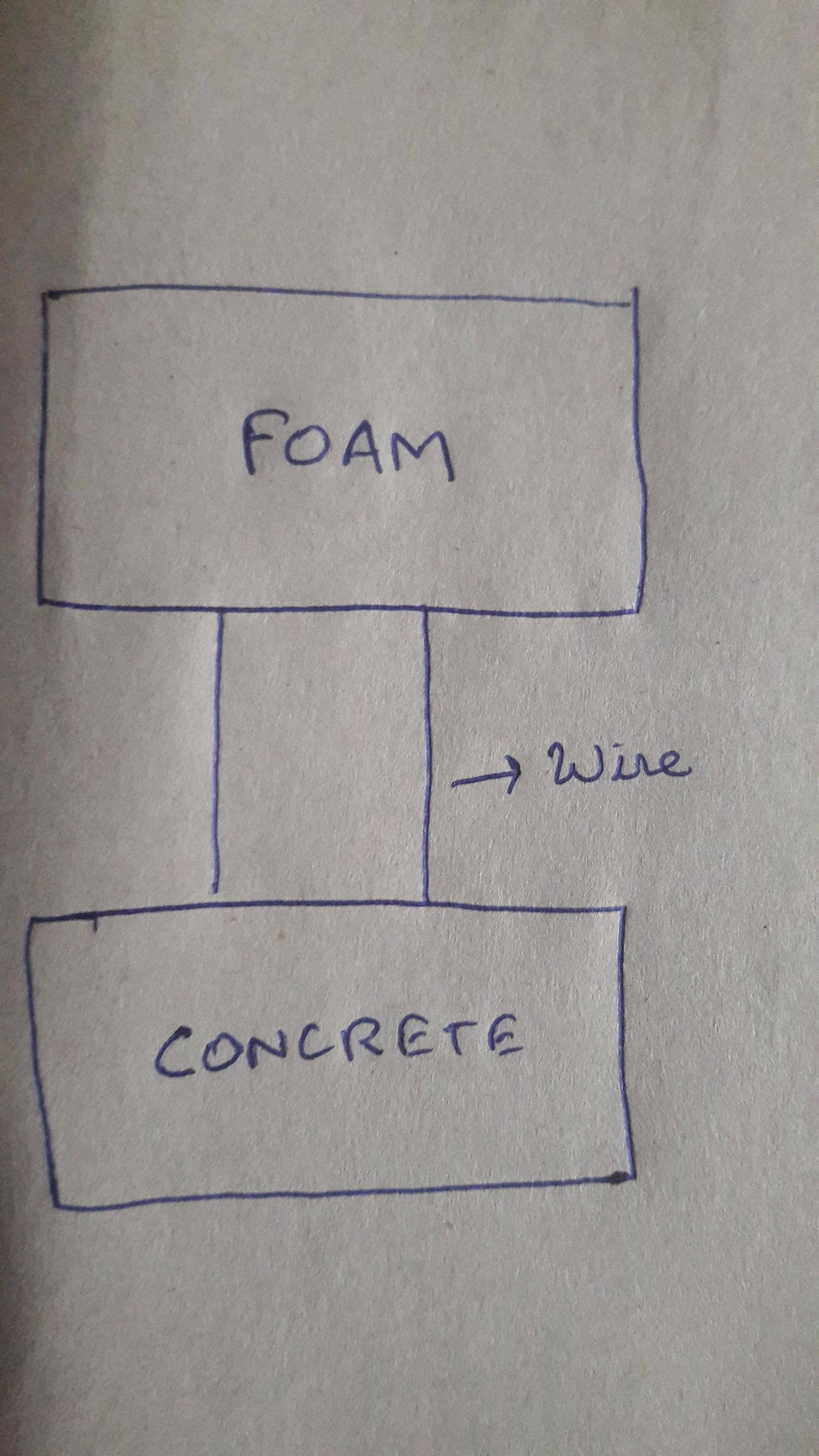
A foam is attatched to a concrete (both having different volume) by two inextensible wires. The entire system is submerged in water (in equilibrium), though not sunken, with the water just touching the surface of the foam and the wires stretched. Shouldn't the buoyant force acting on both be the same ? Considering that buoyant force arises from the 'push' of the displaced fluid, and that the fluid that is displaced by the bodies would not distinguish the bodies in applying the buoyant force, I think the buoyant force has got to be the same. [The displaced fluid wouldn't 'think' that the force needs to be dependent on the volume displaced by the body and so apply differently for bodies with different volumes]
But my Professor mentions that it isn't. It is equal to the weight of the fluid, occupying the 'volume of the respective bodies'.
Why is that ?
